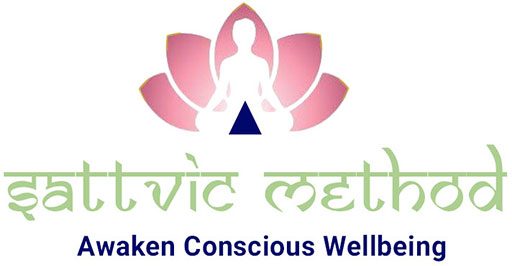This holiday season make the delicious, sattvic, black-eyed pea stew. This black-eyed pea stew will be sure to please everyone at your table on Thanksgiving Day. The best part about this dish is that everyone will be asking for seconds! So, what exactly does one need to make vegetarian black eyed peas stew? Keep reading to find out.
Black-eyed peas are one of the most nutritious foods on earth. The black-eyed pea is rich in protein, fiber, iron, and B vitamins like thiamin (B1), riboflavin (B2) niacin (B3) and folate (B9). They are also high in potassium which helps regulate blood pressure levels as well as magnesium which plays a role in bone development and cardiovascular health. They’re also low in fat. And don’t forget about that delicious taste!!
Plus, black-eyed peas are known to help lower cholesterol levels and reduce blood pressure. So, if you want a healthy meal that tastes great too – this is it!
Brief history of black-eyed peas
In Asia, black-eyed peas have been grown for centuries due to its hardy and drought resistant nature. Although black-eyed peas are not included in the 12 sacred food for Hindus, it is nevertheless found in special recipes that are offered to divine Mother on auspicious occasions. It is a sattvic beans and can be eaten during fasting days.
From Africa, through the Middle East, via Asia and Europe, the black-eyed peas have a global presence. You will find local delicacies made with black-eyed peas all over the world. In America, the black-eyed peas have a historical association with the slavery past. They were originally grown by slave owners to feed their livestock, including the slaves.
In the southern United States, there are countless varieties of blue-eyed peas that vary in color and size. Many of them are heirloom varieties with black, brown, purple, red, pink, or green color of the eye.
Recipe
This stew is easy enough for anyone with basic cooking skills but still has all the flavors that will impress your guests at Thanksgiving dinner or any other holiday gathering. You can even serve it as an appetizer before your main course! It takes less than 30 minutes from start to finish so there’s no excuse not to try it out today.
So, what exactly does one need to make vegetarian black eyed peas stew? Keep reading to find out.
You Need:
- 1-cup black-eyed peas
- 3-cups water
- 1 sweet potato, chopped
- 1 ball of tamarind, size of small lime
- 1 tbsp Italian seasoning mixed with crushed red chili
- 1 tbsp salt
- 1 tsp fresh ground cumin-pepper
- 2 tsp coriander powder
- 1 cup bulgur wheat
- 2 tbsp chopped ginger
- 2 cups spinach
- 4 cloves
- 4 cardamoms seeds
- 3 cups water
To Do:
- Assemble the mixture in an Instapot and mix well.
- Cook in ‘HIGH’ setting for 20 minutes.
- Add 2 tbsp coconut oil and 2 tbsp chopped cilantro leaves.
- Stir well and serve with warm rice or bread
Serving Suggestions:
Eat with Puri, Roti, or Idli.
You can add a tbsp of ghee instead of coconut oil.
If you prefer gluten-free option serve with Akki roti, and Apple thokku.
A note on substitutions:
- If you don’t have tamarind, use the lime/lemon juice. Add lime juice after the soup has cooked. Stir well and add coconut oil.
- For a tastier soup, add a tablespoon of ghee. Follow the recipe video to make ghee.
- If you are making a gluten free stew, add rice or quinoa instead of bulgur wheat.
A note on compound spices:
- For making cumin-pepper powder, add equal amounts (½ tsp cumin and ½ tsp black pepper corn)
- Adjust the spice level of the stew by adding the desired amount of crushed red chili and Italian seasoning mix. Make sure the Italian seasoning has no onion or garlic if you want to make a sattvic stew.
You can make it on stove top by covering the mixture and cooking for 30 minutes in medium-high heat.
Watch the recipe in this video.
The practice of sattvic lifestyle and food is one that has been around for thousands of years and will never go out of style. Sattvic cooking aligns with what we know about the human body and how it heals itself, supports conscious expansion, and positions us to function from a space of awareness.
To get started on your journey towards this type of lifestyle change you can subscribe to our newsletter or Youtube channel where we regularly share recipes. You can also buy our cookbooks which are available here (link). We hope these resources help as you embark on the path toward sattvic living!




